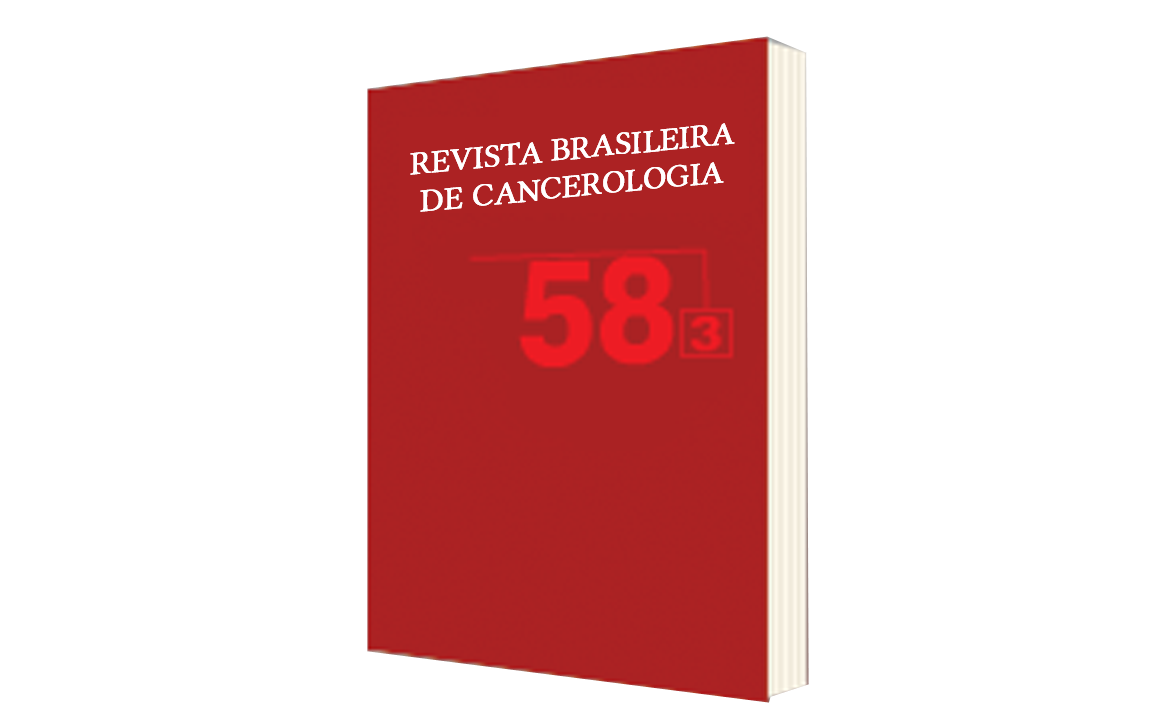Application of Three Techniques to Assess the Mortality Trend from Cervical Cancer in Brazil, 1980-2009
DOI:
https://doi.org/10.32635/2176-9745.RBC.2012v58n3.586Keywords:
Uterine Cervical Neoplasms/mortality, Mortality/trends, Brazil/epidemiology, Epidemiology, Descriptive, Time Series Studies, Data Interpretation, StatisticalAbstract
Introduction: The study of mortality trends creates conditions to develop public health actions that meet the needs of the regional population, in order to decrease the incidence of deaths from these cancers. Objective: The aim of this paper was to describe patterns of mortality trends from cervical cancer in Brazil, by using three statistical techniques: moving averages, polynomial regression and joinpoint. Method: We conducted a time series study using populationbased secondary data. Mortality rates were calculated from 1980 to 2009. Results: The age-adjusted rates decreased in the period observed, with a third-degree polynomial trend for rates and linear model for the moving average, whose use smoothed the trend. There was a statistically significant reduction after 2005, by the joinpoint model, demonstrating an effect rudimentary period. It proved to be a cohort effect for age and period and women of childbearing age, with increased risk from those in early ages, and a reduced tendency to different generational cohorts. Conclusion: These trends reflect the measures for Pap screening and control of HPV transmission, particularly adopted after 2004.









